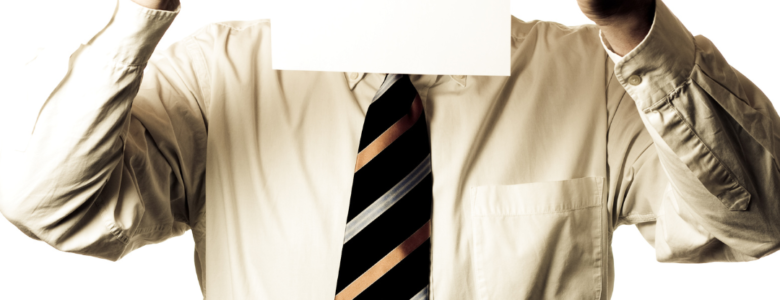In the world of home finance, the concept of reverse mortgages often stirs up a cloud of uncertainty and confusion, particularly when it comes to questions of homeownership. One of the most frequently asked questions is: “Who really owns the house in a reverse mortgage?” In this blog, we will take a deep dive into the topic to clear up the fog of confusion surrounding this critical question.
Understanding the Concept of Reverse Mortgages
Before we dive into the ownership issue, it’s essential to understand what a reverse mortgage is. This financial product, available to homeowners aged 62 and above, allows you to convert a part of the equity in your home into funds. This could be in the form of a lump-sum payment, monthly payments, or a line of credit, providing an additional source of income during retirement.
While it may sound like the bank gives you money and then takes ownership of your house, that’s not quite how it works.
So, Who Owns the House?
The simple and straightforward answer is – you do. Even after you take out a reverse mortgage, you still own your home. You’re free to live in it, maintain it, and make decisions about it just as you were before. The reverse mortgage lender does not take control over the title. The house remains your property, and the lender’s interest is only as the lienholder.
This fact is a crucial one to remember, as it comes with both rights and responsibilities. Let’s examine what they entail.
Your Rights as the Homeowner
- Residence: You have the right to live in your home as long as you comply with the terms of the reverse mortgage.
- Freedom to Sell: If you decide to sell your home, you can do so at any time. However, the proceeds from the sale will first go to pay off your reverse mortgage, and any remaining money is yours to keep.
- Inheritance: Your home can still be left to your heirs. When you pass away, your heirs will have options to deal with the reverse mortgage, but the home still technically belongs to your estate.
Your Responsibilities as the Homeowner
While a reverse mortgage allows you to retain homeownership, it also comes with specific responsibilities:
- Living in the Home: To keep the reverse mortgage loan active, you must continue to live in the home as your primary residence. If you move out for a year or more, the loan becomes due.
- Paying Property Charges: You are still responsible for paying all property-related charges. This includes property taxes, homeowners insurance, and any homeowners association fees. Failure to meet these obligations may result in a default on the reverse mortgage.
- Maintaining the Home: The home must be adequately maintained. The reverse mortgage lender has a vested interest in the property’s condition, as it’s the asset that backs their loan.
When the Lender Becomes the Owner
There are scenarios where the lender could end up owning the home:
- Loan Repayment: If you die or move out, the loan balance becomes due. If your heirs decide not to pay off the reverse mortgage or if they fail to qualify for a refinance, the home may be sold to pay off the loan. If the home’s sale doesn’t cover the loan balance, the lender cannot demand the difference from your heirs.
- Foreclosure: If you fail to meet your obligations—keeping the home as your primary residence, paying your property charges, and maintaining the home—the lender may have grounds to foreclose on the property.
Therefore, while taking a reverse mortgage does entail certain risks and responsibilities, homeownership remains with you. Understanding the nuances of how a reverse mortgage works can ensure you make informed decisions that align with your financial goals. When considering a reverse mortgage, consult with a trusted financial advisor to make the best choice for your retirement needs. Remember, your home is not just an asset, but a cornerstone of your life, and it deserves careful financial consideration.








